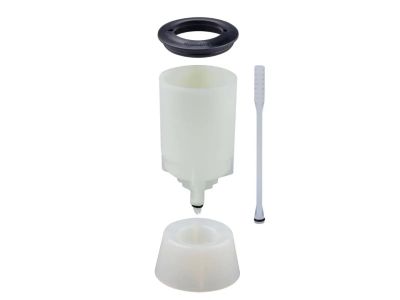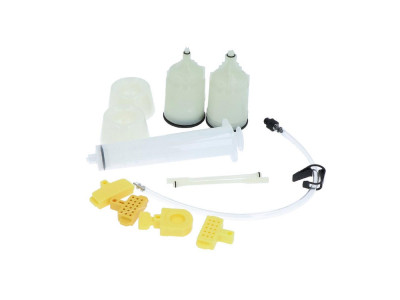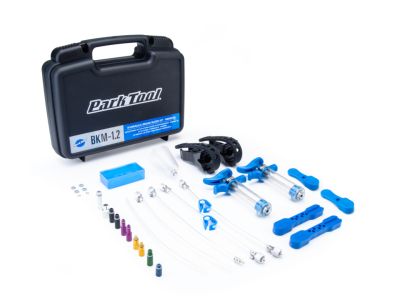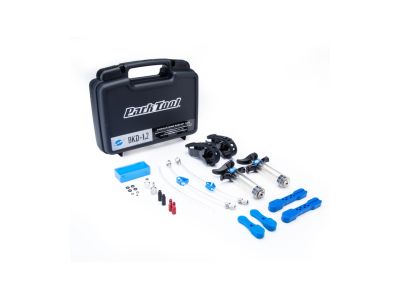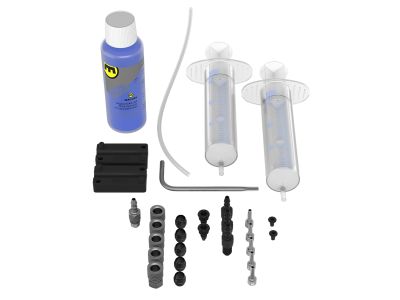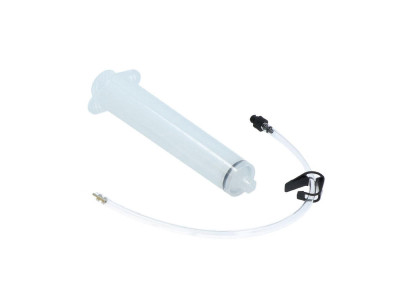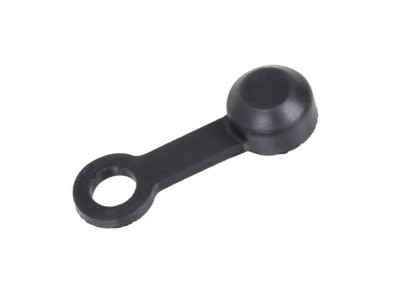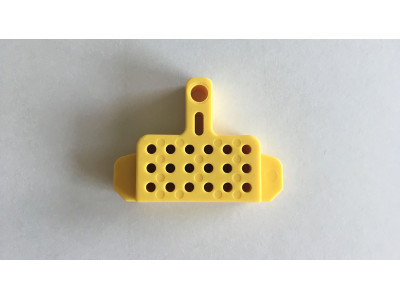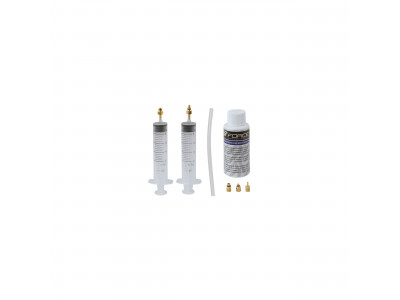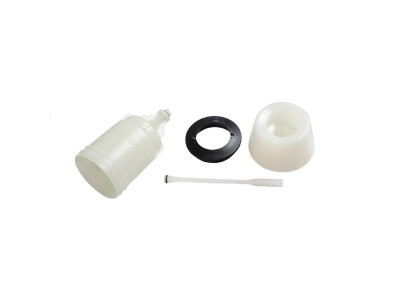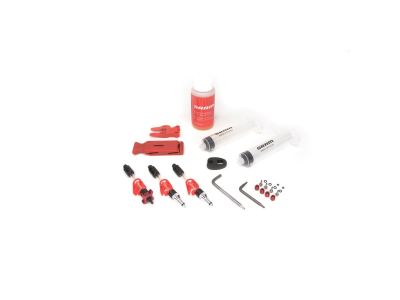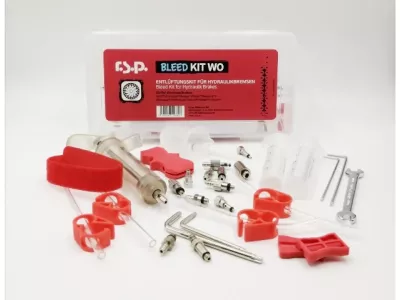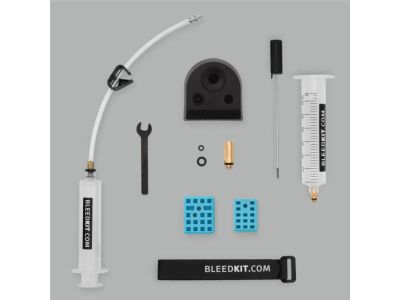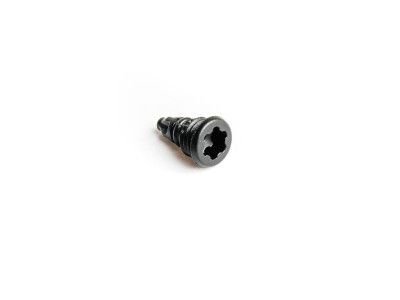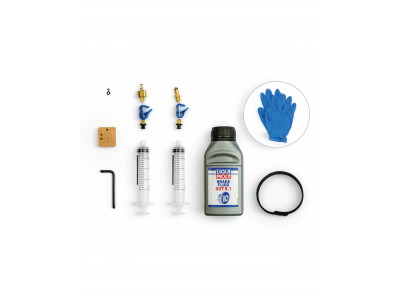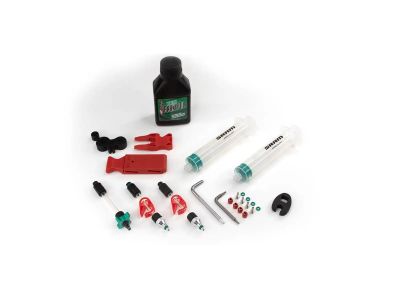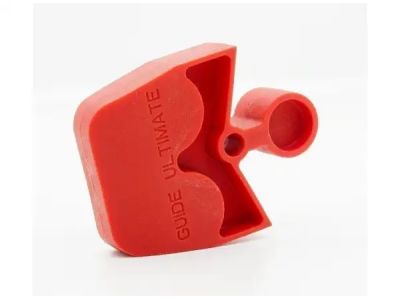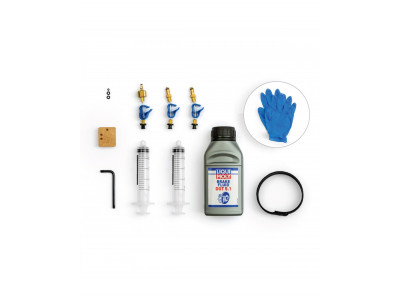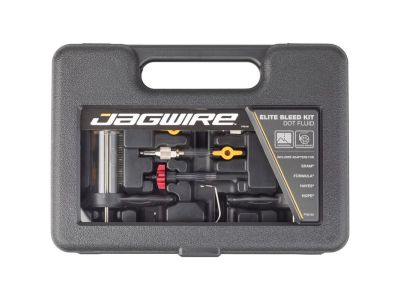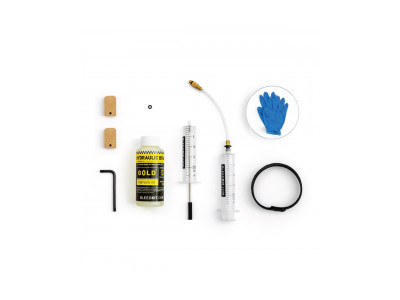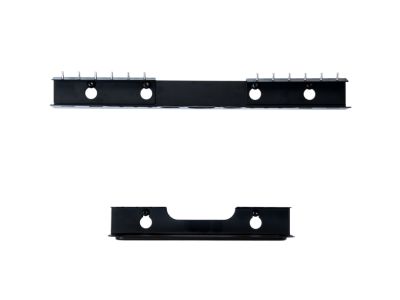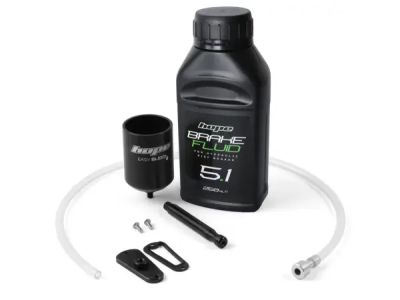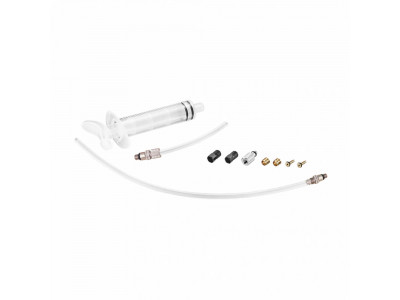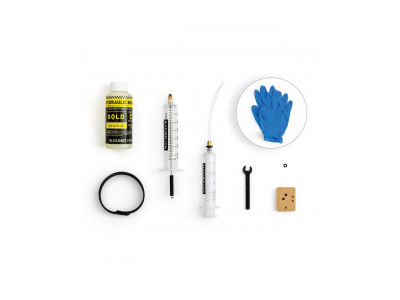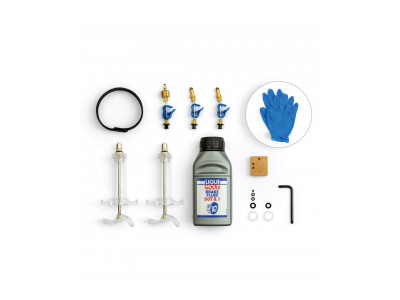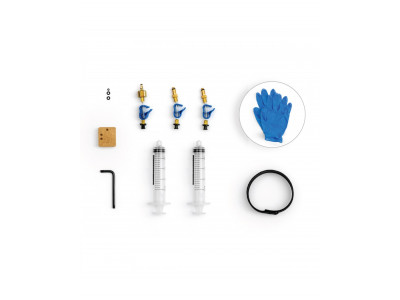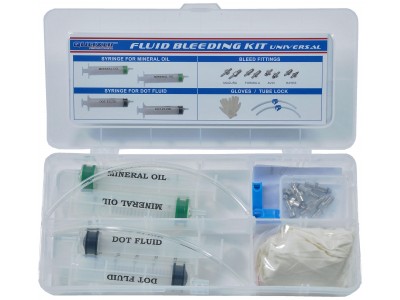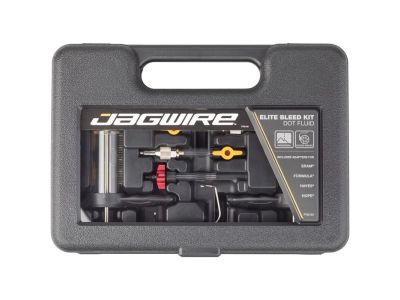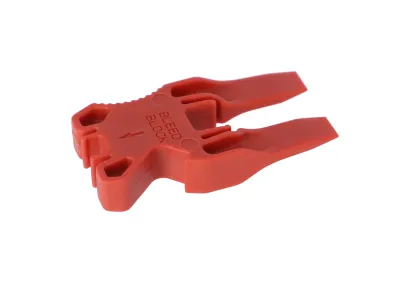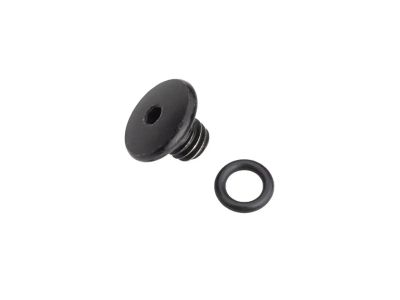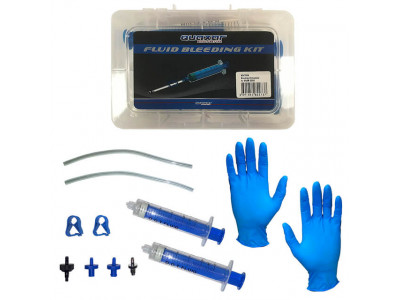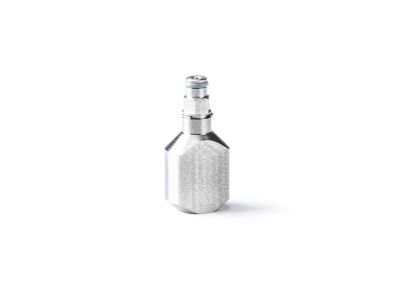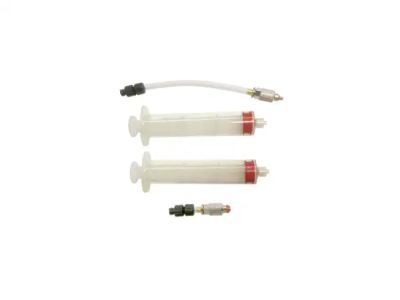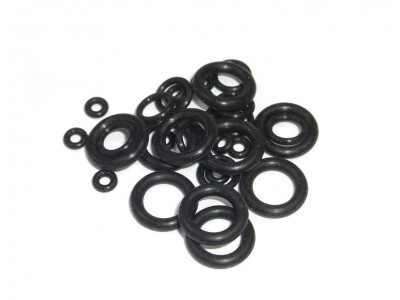Bleeding bicycle brakes is a basic process of removing air bubbles and replacing old brake fluid in the brake system. This process is commonly associated with hydraulic brakes and is essential for optimal operation and braking performance of your hydraulic brakes.
Tools needed for venting:
- Bleeding kit: Usually includes a syringe or funnel and a hose.
- Brake fluid: Make sure it's the right type for your brake system (DOT fluid or mineral oil).
- 5 mm and 8 mm or 10 mm wrenches: For opening and closing the brake caliper bleed hole.
- Clean rags or paper towels: To wipe up spilled brake fluid.
- Alcohol or brake cleaner: To clean brake fluid residue.
When should I bleed my hydraulic brakes?
It is recommended to bleed hydraulic brakes when you notice a loss of braking power, the feeling of a rubber-y brake lever or during routine bicycle maintenance. Additionally, bleeding may be necessary after changing brake lines, calipers, or brake fluid.
Can I use any brake fluid to bleed the hydraulic brakes?
No, it is essential to use the specific brake fluid recommended by the brake system manufacturer. Different brake systems may require different types of brake fluid, such as mineral oil or DOT fluid. Using the wrong type of fluid can damage the brake system and compromise safety.
How often should I bleed the hydraulic brakes?
The frequency of brake bleeding depends on various factors such as driving conditions, brake usage and the specific brake system you have. In general, it is recommended to bleed the hydraulic brakes at least once a year or whenever you notice any problems with brake performance.
How long does it take to bleed hydraulic brakes?
With the right bleeding kit, a little know-how and 30 minutes to spare, you can easily breathe new life into your bike's hydraulic brakes.
